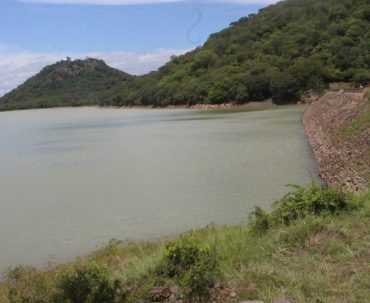Zimbabwe’s water security outlook has significantly improved, with national dam levels now standing at an impressive 88.1% as of March 1, 2025. This positive trajectory is set to bolster winter wheat production and sustain critical sugarcane plantations, particularly in the Mkwasine estates, which rely heavily on Manjirenji Dam for irrigation. Manjirenji Dam, a key water […]
Category: Agriculture
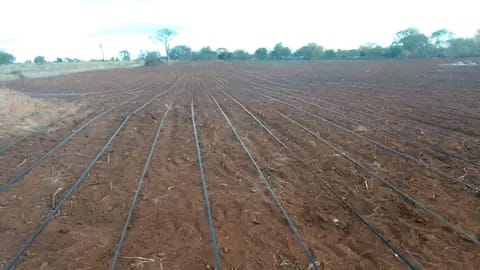
Challenging El Niño: Rural Farmer Constructs Dam for Irrigation
Peter Nyoni, a dedicated farmer born in Makhosiya village of Chiredzi South, refuses to be hindered by the lack of rainfall that has plagued the nation.
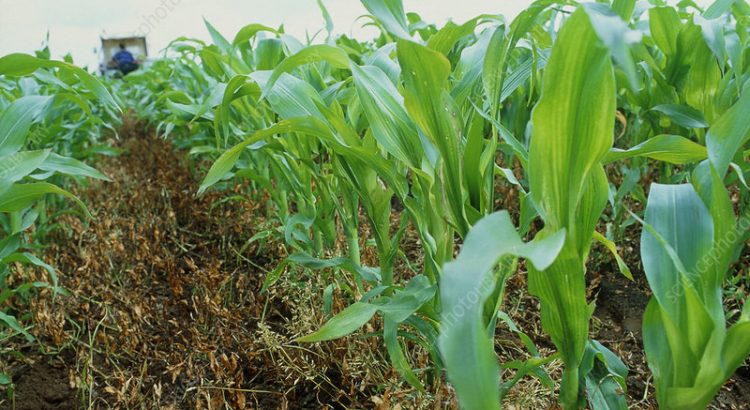
Zim embraces genetically modified crops amid food security concerns
The National Biotechnology Authority’s Technical Chairman, Zelph Dhlamini, has revealed that the Zimbabwean government is set to approve the use of genetically modified (GM) crops in a bid to improve food security during a virtual discussion.
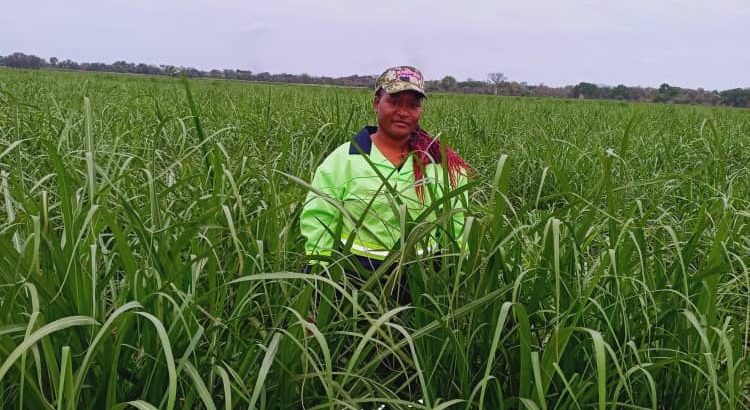
Chiredzi Sugarcane Farmer Gloria Chauke Wins for Herself and Her Mother
Gloria Chauke, a 27-year-old sugarcane farmer hailing from the rural area of Gezani in Chiredzi South, has clinched the title of best female farmer among small-scale farmers.
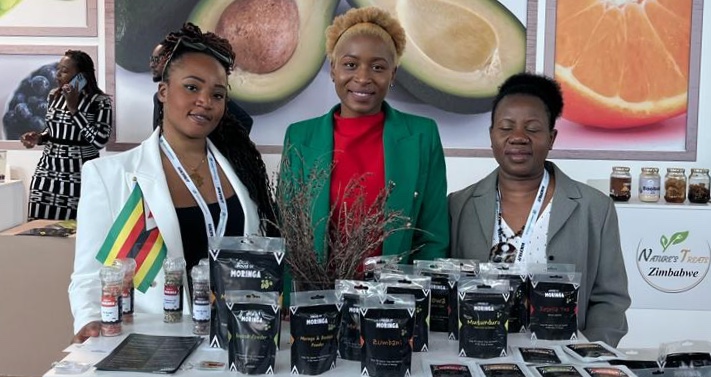
Local farmers invited to showcase at MacFrut Expo
The Agriculture and Marketing Authority has invited local horticulture players to register for the upcoming MacFrut Expo 2024 in Italy. The expo will be held from May 8th to May 10th at the Remin Expo Centre. MacFrut is an international trade fair focused on fruits and vegetables, providing a platform for exhibitors to showcase their […]

Urban smallholder farmer transforms passion into thriving business
Mr. Dominico Chitingwiza, a dedicated urban smallholder farmer, has transformed his passion for farming into a thriving business. His commitment to providing high-quality produce while supplementing his income has captured the attention of the local community in Queenspark Suburb, Bulawayo.
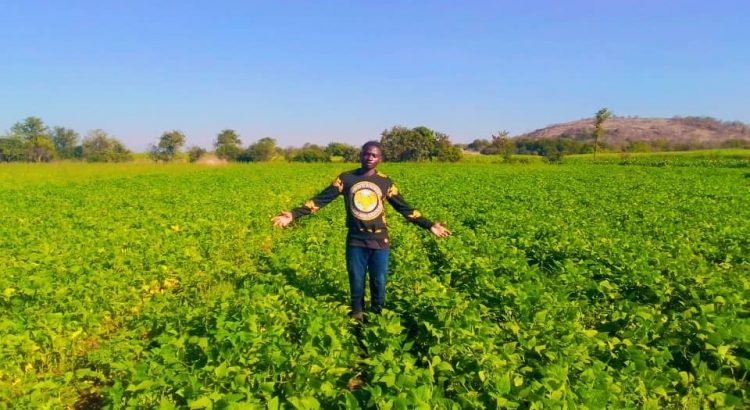
Rural smallholder farmers, unsung heroes of sustainable food systems
From floods to droughts, smallholder farmers are too often overlooked and left to tackle the planet’s erratic weather alone,” says the International Fund for Agricultural Development.
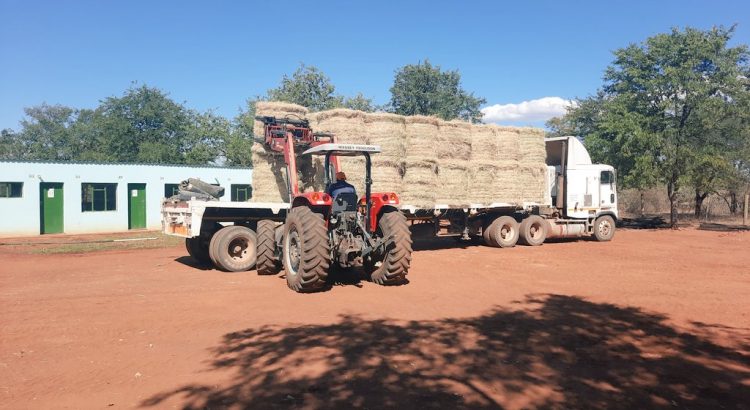
BEST transforms lives in Mhlanguleni
The Beef Enterprise Strengthening and Transformation (BEST) project has transformed the traditional smallholder farming communities, especially in Mhlanguleni which previously relied largely on crop production as the primary means of income to sustain livelihoods.
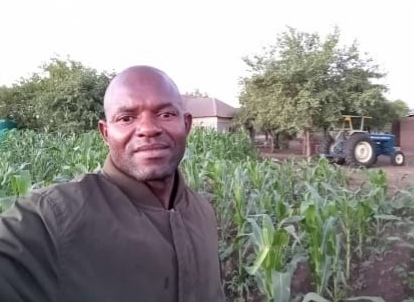
Lowveld Farmers urged to dive into agribusiness
Mhlaguleni, Chiredzi South based community builder and game changer, Hebert Phikela [42], has urged Lowveld subsistence farmers to switch to agribusiness to mitigate food insecurity and beat poverty.
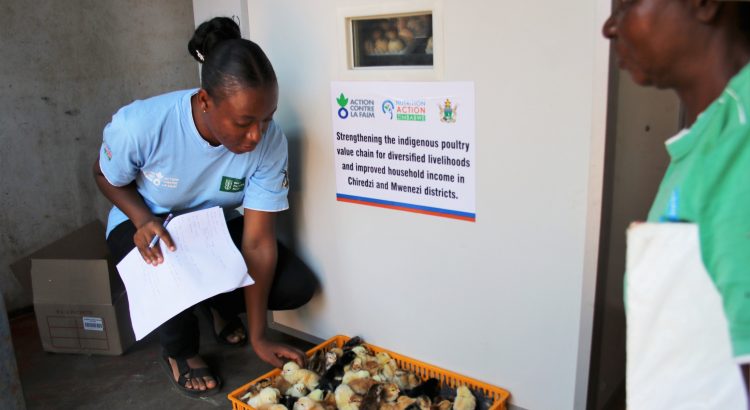
Indigenous Poultry Project Transforms Lives in Mwenezi, Chiredzi Districts
In the rural districts of Mwenezi and Chiredzi in Masvingo Province, smallholder farmers are facing increasing challenges in sustaining their livelihoods due to the impact of climate change
